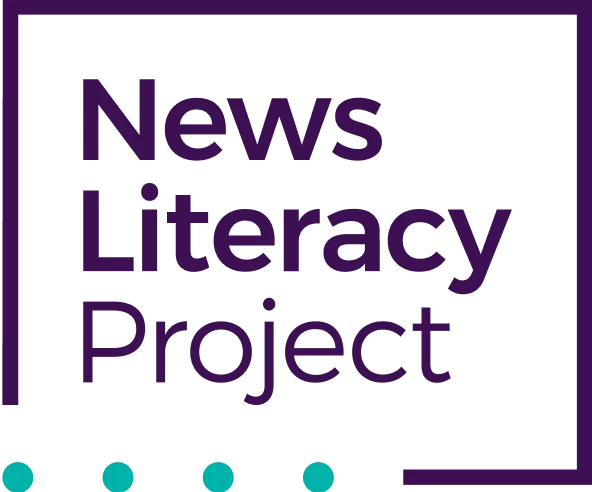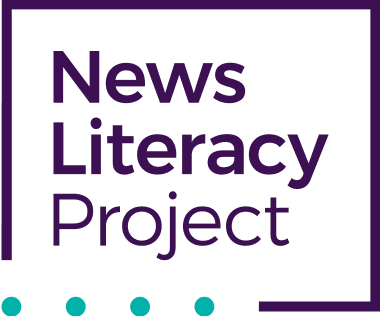What to believe? Challenges in the classroom
News
Artificial intelligence
Journalism
An administrator in a New York charter school said of her students: “They’re under the impression that if it’s found in print, it’s there because someone has determined that it’s reliable.”
Jules Mermelstein, a lawyer turned history and government teacher in a high school in a Philadelphia suburb, said, “One of my seniors insisted all year that Barack Obama is a Muslim who is being planted by the terrorists to destroy the government from within. His evidence? He received a blast e-mail that said it and even brought it up on the computer to show it to me as ‘evidence.’”
More schools are beginning to integrate visual and digital media literacy into their lesson plans. As a teacher, student or parent, what challenges do you face in the ways that young people obtain, assess and create news and information?





